Typography for print can be intimidating to many designers, especially when you focus on digital mostly. This is why I invited specialist Diana Varma to share her knowledge of what to pay attention to when dealing with type for print.
Diana Varma is a Canadian print specialist with a passion for typography, educator, and writer in the graphic communications industry. I discovered her through her brilliant podcast Talk Paper Scissors, where I specifically love her miniseries An Incomplete History of Type.
In our conversation, you will learn:
- The advantages of print over digital.
- The differences between readability and legibility.
- The right font sizes and smallest type size you can print, which blew my mind 🤯.
- How to avoid beginners mistakes in prepress.
- How to best print gray text?
- Accessibility is also a topic that comes up quite a lot during this talk.
- How Diana utilized her podcast to offer her Zoom-fatigued students a way to learn off-screen.
Listen to the talk as podcast
Next to the video on YouTube, you can also listen to this episode audio only. You can find it on Apple Podcasts and Spotify, or simply listen to it here:
Talking points
00:00 – Intro
02:19 – Greetings to Diana Varma
06:09 – How Diana’s podcast got started
09:13 – Advantages of print typography
14:35 – Ideas for digital/analog hybrids
17:02 – Type choice for long reading formats in print
22:12 – On point and pixel sizes
26:00 – Basic tips for print beginners
33:04 – How to best print gray text
36:59 – Knowing the fundamentals to break the rules
39:07 – What fascinates Diana about typography?
41:11 – Why Diana prefers Comic Sans over Papyrus
43:08 – Wrap-up and Easter eggs on Diana’s website
44:52 – Outro
Diana’s tips for print and typography
Diana says it’s important to understand the fundamentals, apply them for readability, but also to know how you can break the rules.
Advantages of print over digital
- Permanence – it has to stand the test of time
- Tactility – easy to access
- Simplicity – no batteries needed
Tips for printed type
- Choosing a serif typeface for long documents will give weight to our baseline.
- Font size for print: Body copy should be between 8 and 12 points.
- Ideal line length is between 45 and 90 characters (including spaces).
- Also in e-pub, points are the only thing that matter.
Tips for digital designers who want to print
- Do not use the registration color for text (swatch looks like black, but it’s all four process colors).
- Don’t use more than two process colors for text. Otherwise it might not align, especially in small text.
- If possible, use 100% of whatever color you’re working in.
Quotables
“In printed typography we have to be that much more mindful of potentially anyone who is going to be reading this for the fact that it will exist in the world forever, so maybe there’s even a little bit more pressure to make very strategic and well-thought-out design choices upfront.”
“The simplicity of print is that you are not looking on a back lit screen, that you can bring this type to the beach. Just its simplicity in its existence. It is not battery powered, and it’s easier on your eyes.”
“How do we make what we put on the printed page valuable, readable, usable for the greater number of people?”
“If we are choosing typefaces for long documents, especially with accessibility in mind, we want to choose something that’s familiar.”
“If we are thinking legibility, and long documents, typefaces that have characters that are distinct from one another.”
“Readability is how we set the type. What we do with the type that we’re given.”
“The registration swatch is not black. It is black and also three friends.”
Links
Diana’s Podcast Talk Paper Scissors
Article on How to choose a good typeface for body text
